Whenever root canal anatomy is discussed, variability is the rule!!
This requires careful attention of the clinician to anticipate such variation
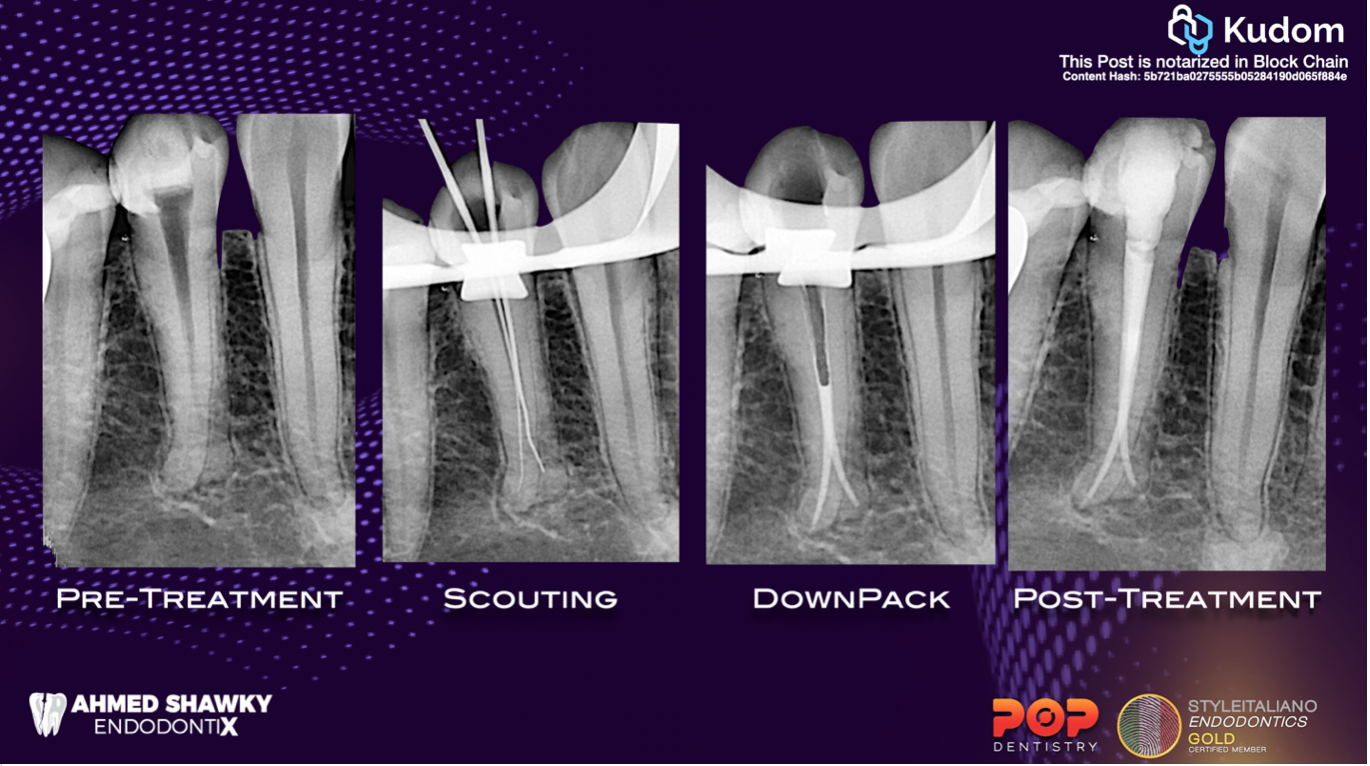 Deep challenges: splits remastered
Deep challenges: splits remastered
Whenever root canal anatomy is discussed, variability is the rule!!
This requires careful attention of the clinician to anticipate such variation
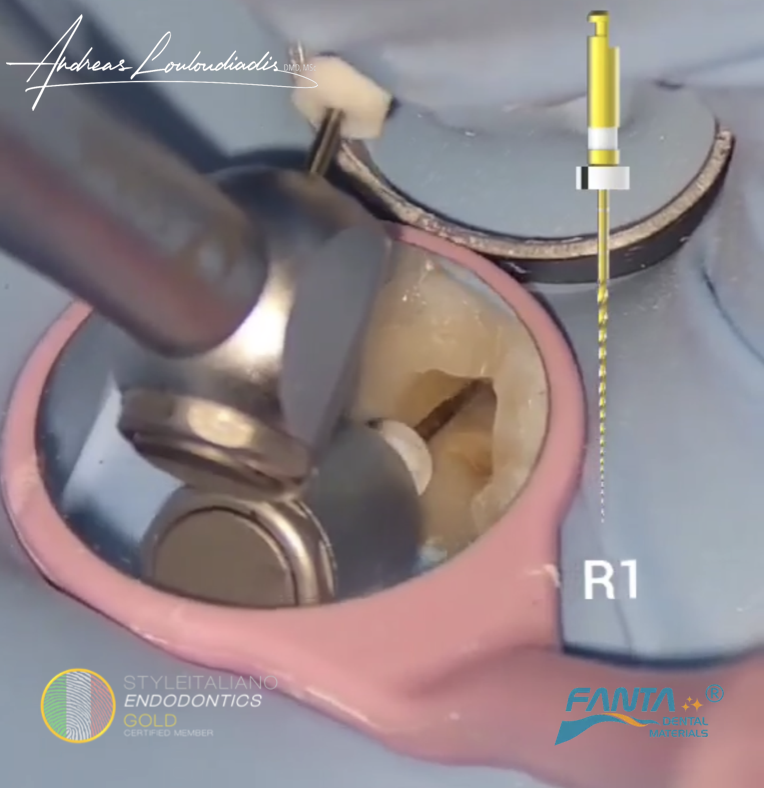 Endodontic Management of a Curved Upper Left Molar using the Rising Files
Endodontic Management of a Curved Upper Left Molar using the Rising Files
To perform an endodontic treatment and achieve a favorable outcome it is crucial that we eliminate the bacterial infection from the internal complex anatomy through proper shaping and cleaning.
In order to achieve this outcome we need a proper diagnosis, an appropriate treatment plan, a correct protocol approach and of course a set of files with great cutting efficiency and flexibility to deal with the challenges of the internal anatomy.
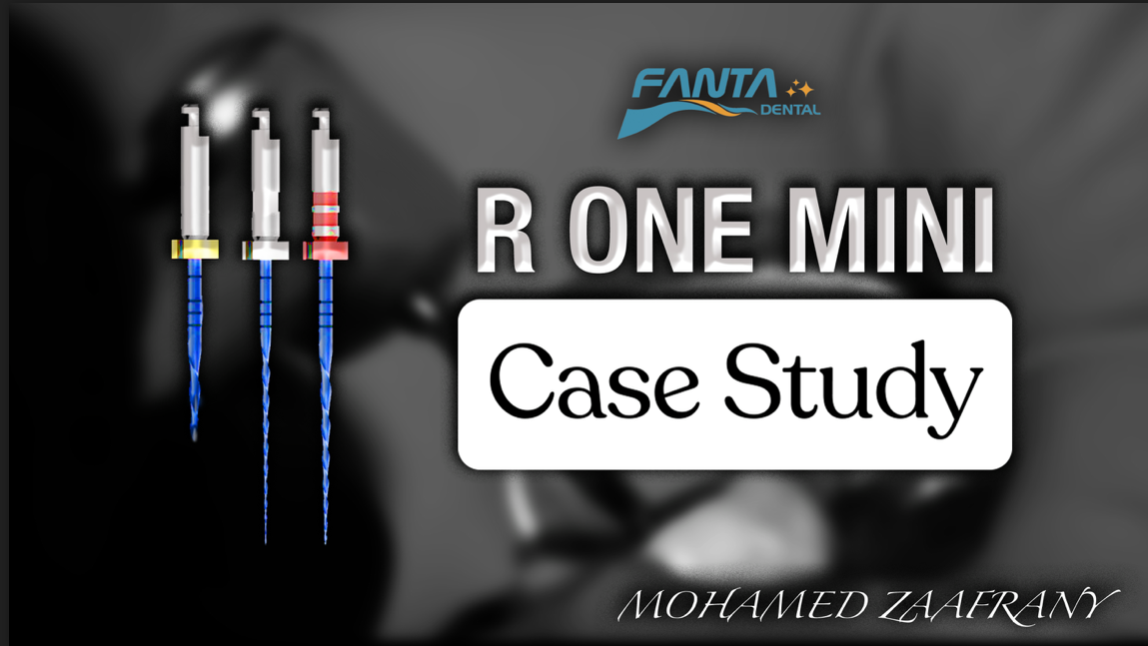 R One Mini Case Study
R One Mini Case Study
The R-One Mini System from Fanta Dental is an advanced reciprocating file system designed for efficient and conservative root canal shaping.It features a hybrid heat treatment short Sequence for enhanced […]
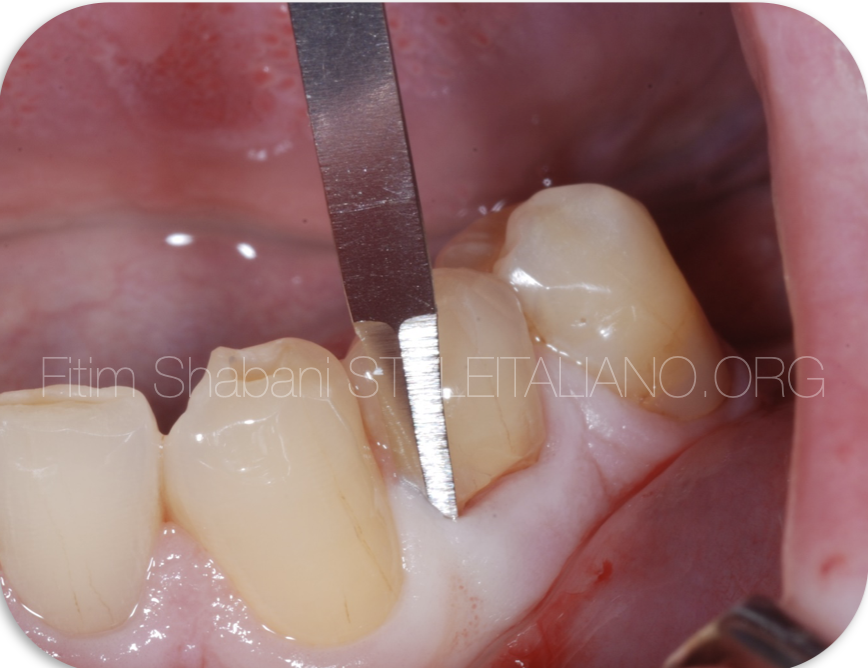 External resorption Part II
External resorption Part II
Root resorption is the loss of hard dental tissue due to the action of osteoclastic cells. External resorptions present a challenging clinical situation; often, lesions are misdiagnosed and confused. Therefore, […]
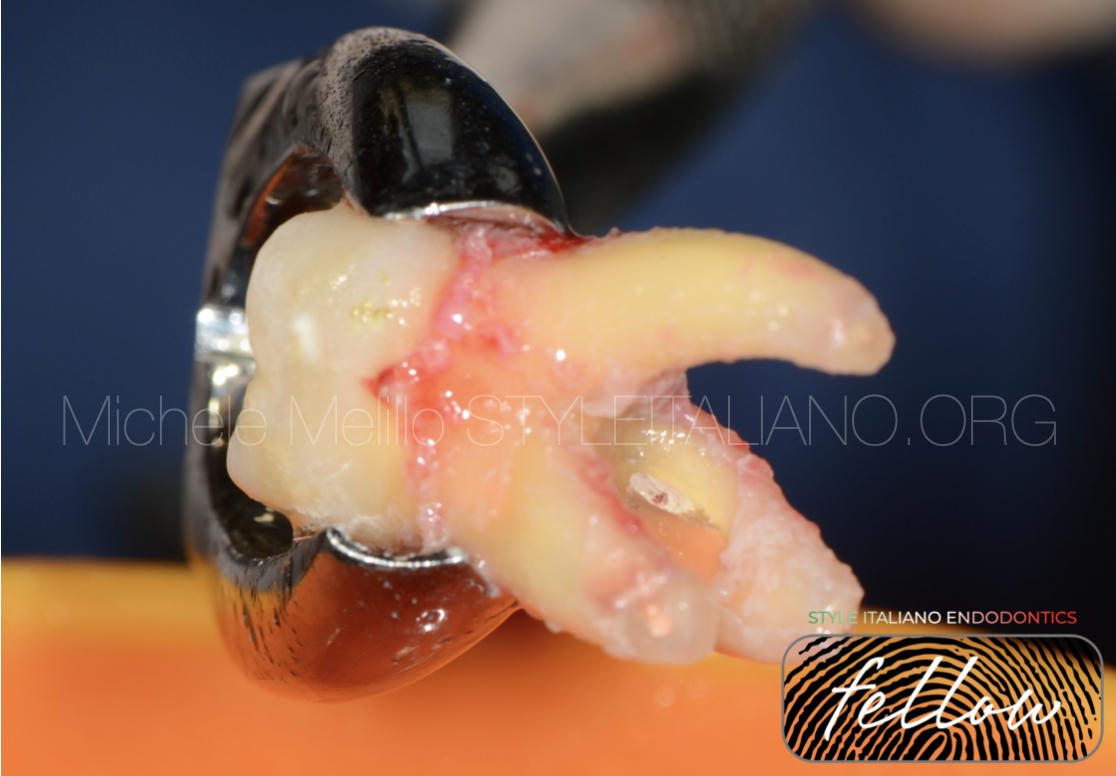 Tooth Autoreplantation of 1.6 with stripping
Tooth Autoreplantation of 1.6 with stripping
Tooth Replantation to approach the stripped Mb root on tooth 1.6 that was not possible to treat with a conventional conservative approach
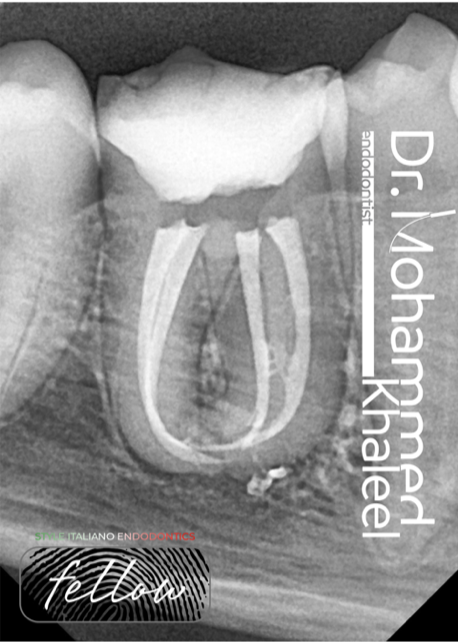 Dealing with intricate root canal system
Dealing with intricate root canal system
In Endodontics, while managing curved canals , an exception to dealing with the intricate canal system could be when using advanced technology like rotary instruments or nickel-titanium files.
These tools can help simplify the process by efficiently cleaning and shaping the canals, making it easier to navigate through complex canal anatomy.
By utilizing such modern techniques, Endodontist can overcome the challenges posed by intricate canal systems more effectively.
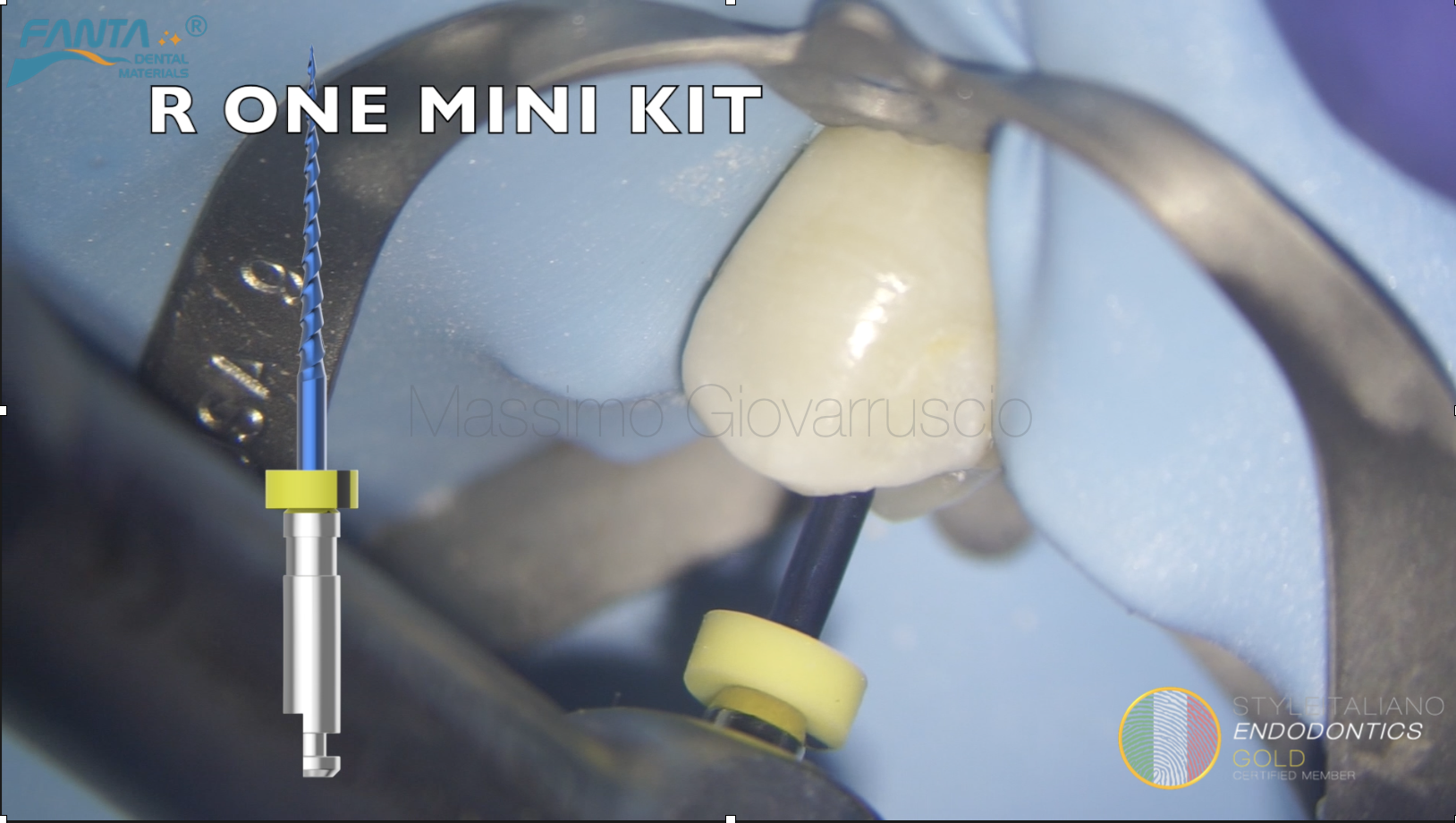 The curve you don’t expect
The curve you don’t expect
Patient has been referred due to symptoms on Upper Right Second Premolar. The tooth is tender to percussion and does not respond positively to vital test. Diagnosis is apical periodontitis […]
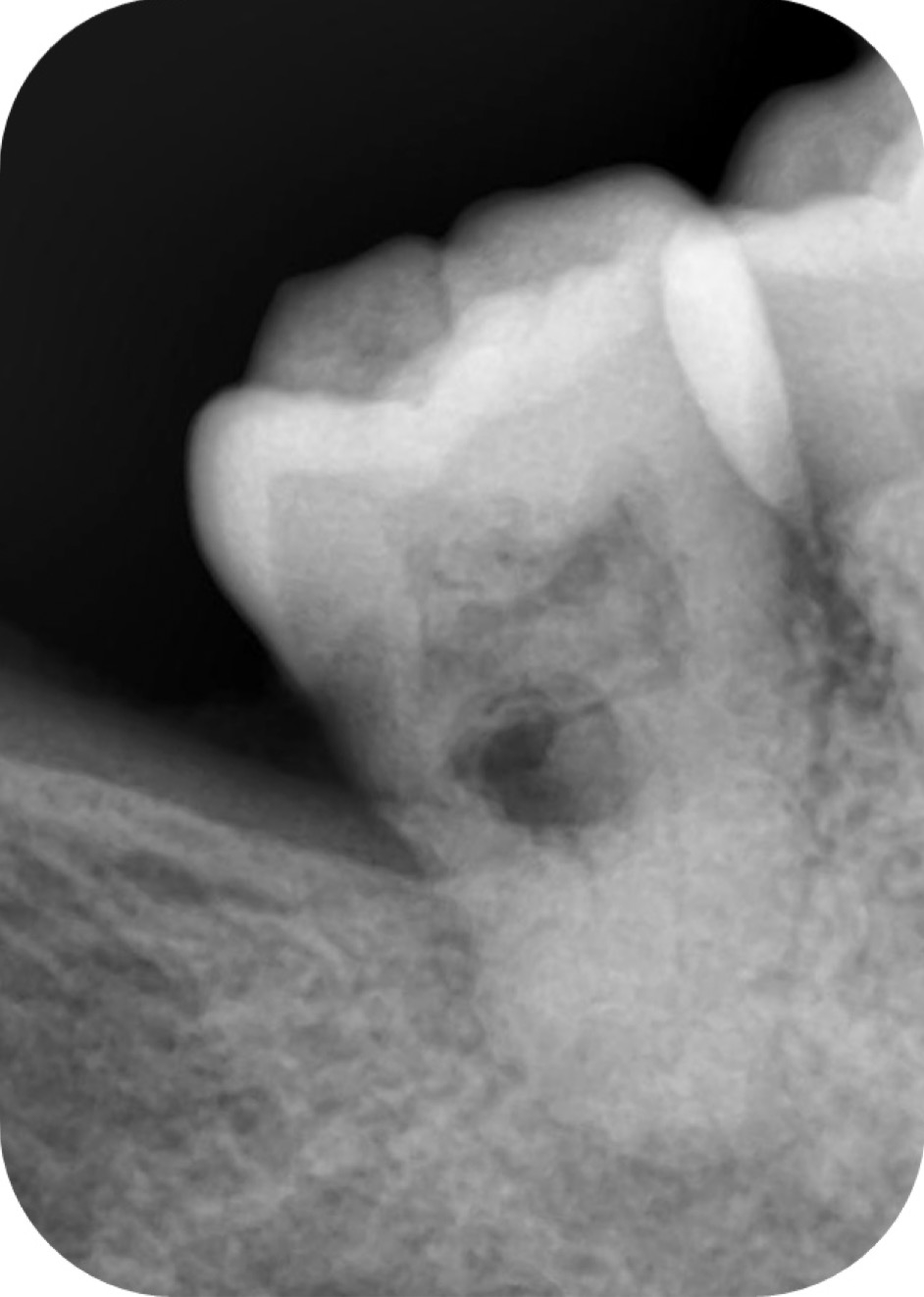 Internal root resorption in permanent mandibular molar: A rare entity
Internal root resorption in permanent mandibular molar: A rare entity
Internal resorption is usually uncommon thing which starts from the root canal & destroy the tooth structure. It usually occurs as a result of a continuous chronic inflammatory process . […]
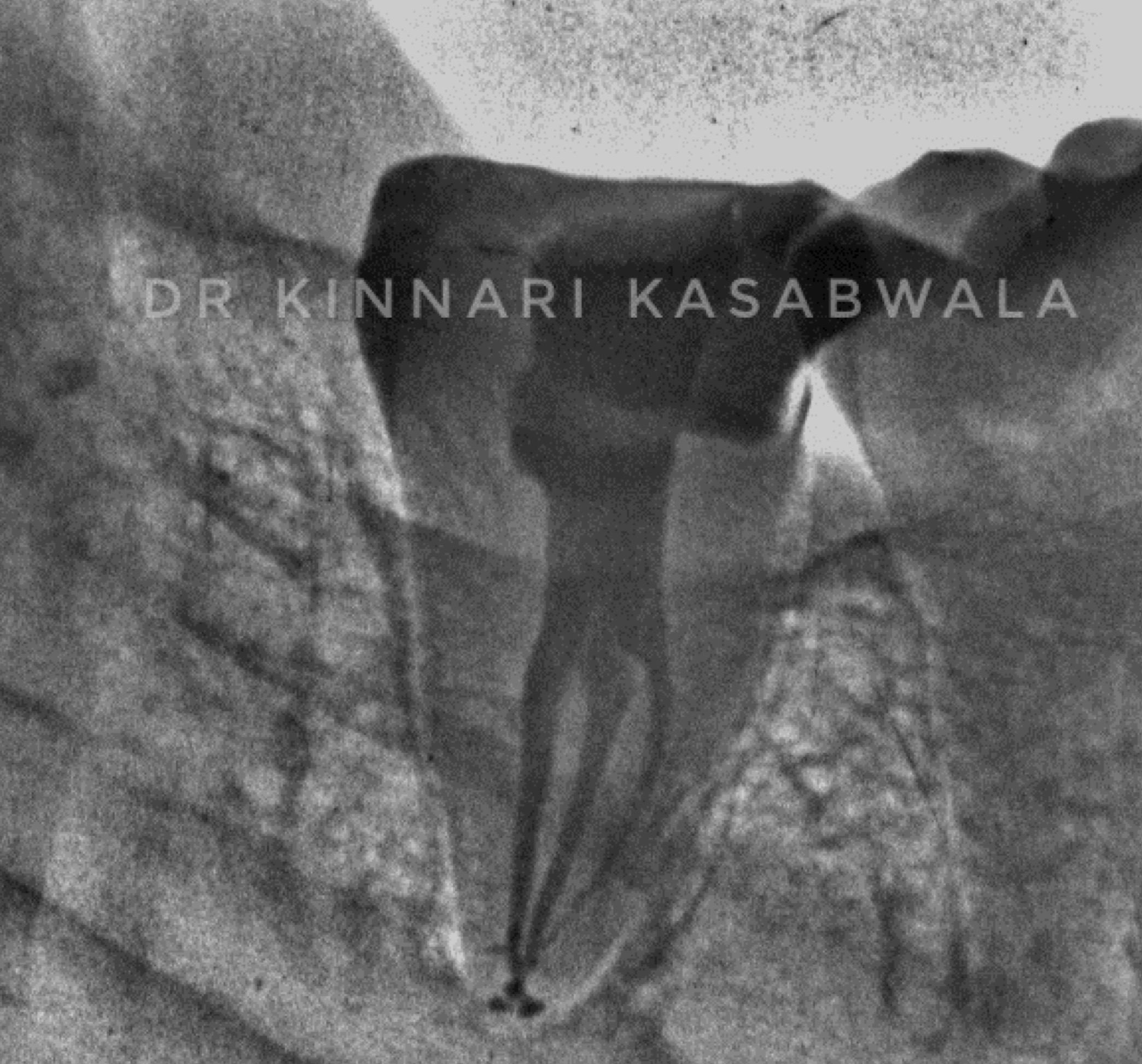 Management of C shaped canal in mandibular second molar
Management of C shaped canal in mandibular second molar
C shaped root canal configuration is an aberrant canal anatomy, common in the mandibular second molars with prevalence ranging from 2.7% to 45.5% in different populations. Failure of fusion of Hertwig’s […]
 Molars anatomy Pt.2
Molars anatomy Pt.2
The maxillary first molar is among the most anatomically complex teeth in the human dentition. Its intricate root canal system, particularly the variability of the mesiobuccal root, poses significant challenges for endodontic treatment. This review consolidates current literature on the external and internal morphology of the maxillary first molar, emphasizing the prevalence of additional canals, the clinical relevance of advanced diagnostic tools such as cone-beam computed tomography (CBCT) and micro-computed tomography (micro-CT), and the implications for endodontic therapy. Special attention is given to the second mesiobuccal canal (MB2), its detection, and its role in endodontic success.
 Premolar Endodontics
Premolar Endodontics
Complex anatomies in premolars pose significant challenges in endodontic treatment. Their relatively small size coupled with variations such as additional canals require specialized techniques and instruments. Effective management of these complexities demands a thorough understanding of canal anatomy and mastery of advanced instrumentation and obturation techniques. This article covers strategies for navigating one such complex anatomy, ensuring successful treatment outcome and minimizing complications.
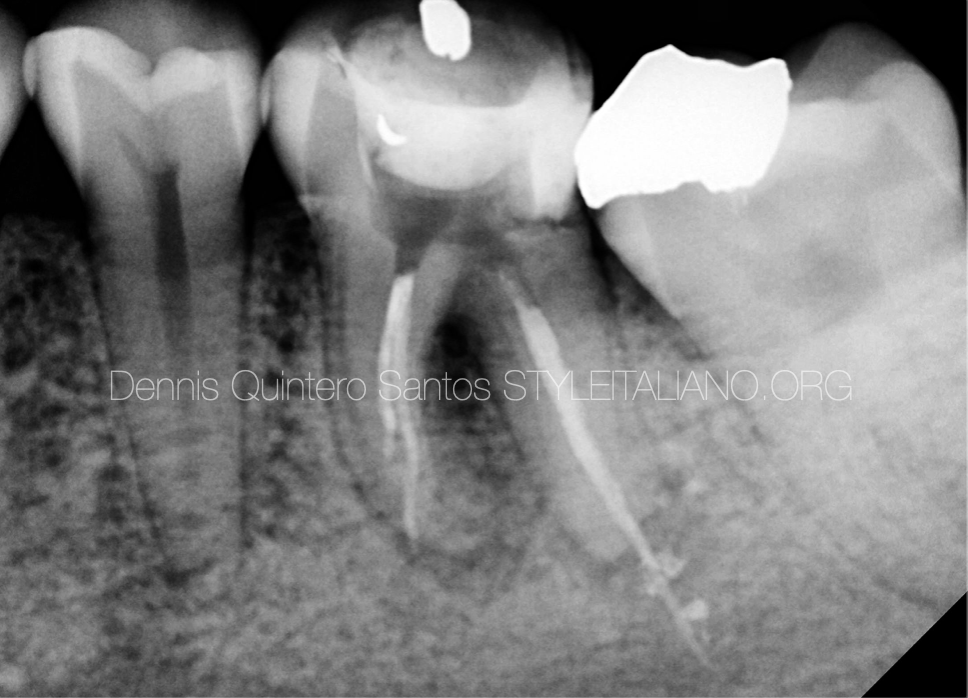 Management of nonsurgical retreatment and final restoration.
Management of nonsurgical retreatment and final restoration.
The management of nonsurgical retreatment has proven to be an effective alternative in dentistry for preserving natural teeth. Studies indicate that success rates may decline due to anatomical factors overlooked […]